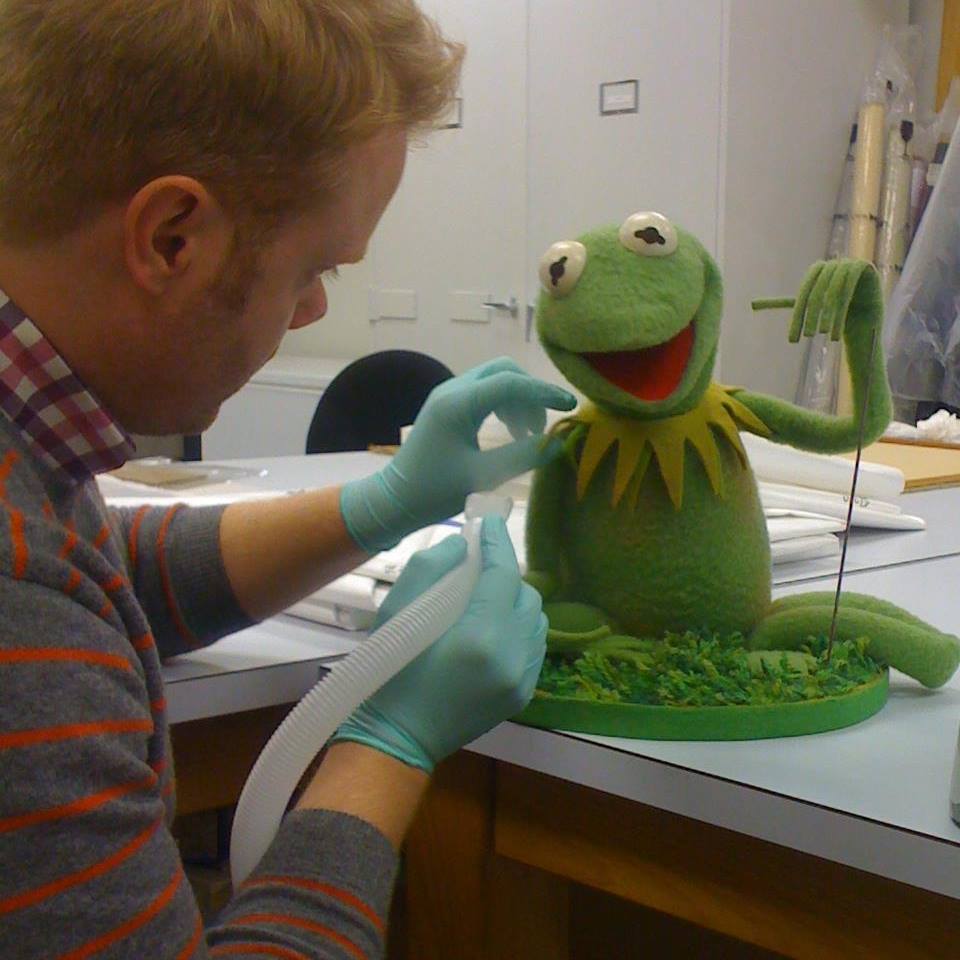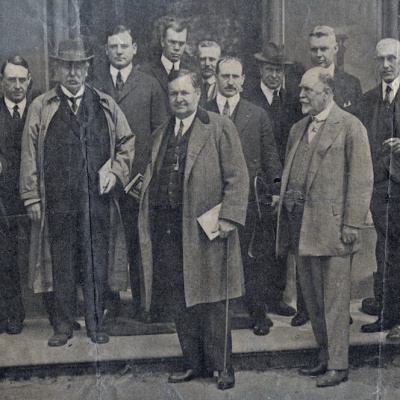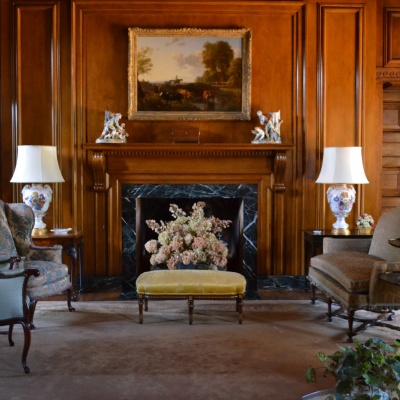Catching up with a Conservator

Textile conservation is a very specialized trade, and River Region Costume and Textile Conservation has earned a reputation as one of the best in the business. Upon completing our settee project, we caught up with River Region’s principal conservator, Howard Sutcliffe, on his career and approach to conservation.
You originally studied textile design. What interested you in moving from design to conservation?
I studied constructed textiles at Duncan of Jordanstone College of Art in Dundee, Scotland, and specialized in tapestry weaving and photography. There’s not really a huge market for tapestry weavers nowadays but it did kindle my interest in historic textiles, and gave me a good grounding in understanding their construction. Conservation provided a nice mix of art and science, which had always been my two main interests at school.
How do you approach each project? Each project is new, every object has its own history, which defines its condition and in turn determines what treatment is necessary and/or possible. The process starts with a thorough examination, in which the object and its condition are described. I then write up a treatment proposal for the client based on what they want to do with the object – display, storage etc., which outlines the steps for treatment. Photo documentation is undertaken before, during, and after treatment to provide a record of what is done.
What is the most interesting piece or costume you have treated?
There are really too many to mention, but stand-outs include a collection of Schiaparelli costumes that I worked on for the Philadelphia Museum of Art, and the Butler Greenwood parlor furniture at the New Orleans Museum of Art. I really like working on three-dimensional objects. Currently I am in the middle of conserving a dress from the Tallahassee Museum that belonged to Catherine Murat, who was George Washington’s great grand niece; a Korn chimpanzee fetish mask from Cameroon that is made from thousands of chicken feathers at the Detroit Institute of Arts; and a collection of Romanov family costumes and uniforms for the Georgia Museum of Art… the great thing about the job is that it is very varied!
-L.C.
Sutcliffe is the founder and proprietor of the private practice with studios in Montgomery, Alabama, and Blue Mountain Beach, Florida, providing collection management advice, collection surveys, and conservation treatment services for individual and institutional clients, and can be contacted at rrtextileconservation@gmail.com.
Photo: Howard Sutcliffe humidifying Kermit the frog at the Detroit Institute of Arts (DIA). Photo courtesy of the DIA.
View this entire Portico Newsletter:


